

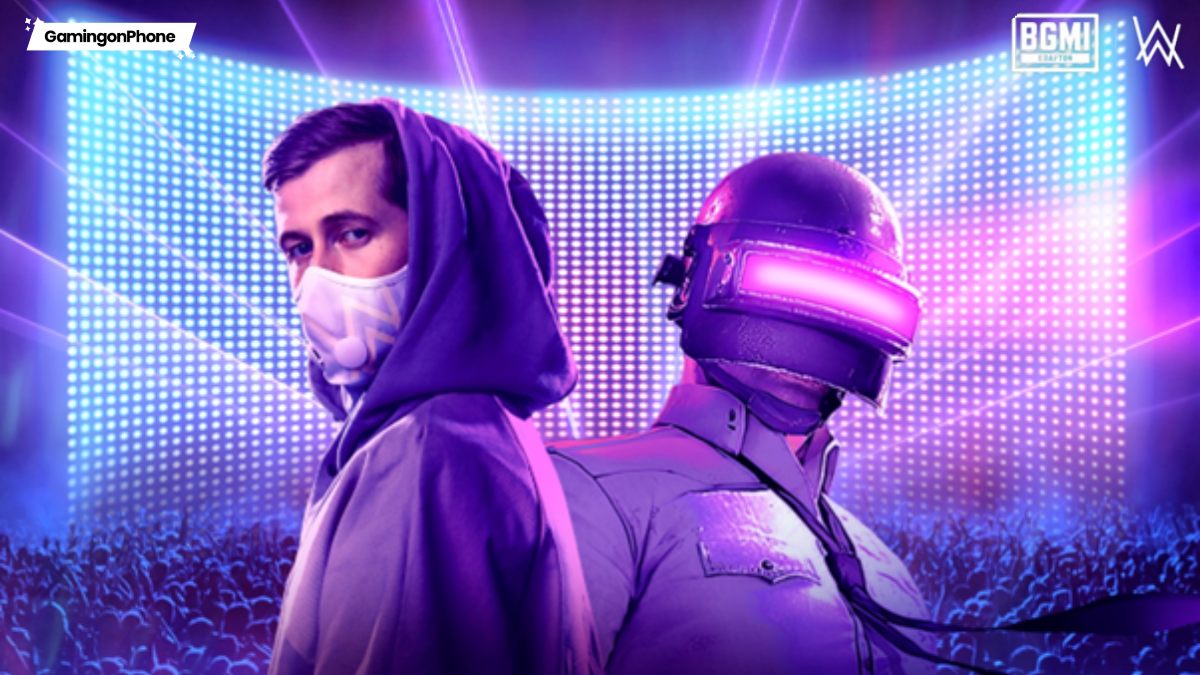
- Seddharth shares interesting takes on how BGMI approaches for a collaboration.
- We got to know why we see so many collaborations around Bollywood and Cricket in BGMI.
Battlegrounds Mobile India (BGMI) has been bringing some exciting new collaborations for its players, and in every instance, they are successful in captivating and engaging its audience. To delve deeper into this, we at GamingonPhone had the opportunity to sit down with Seddharth Merrotra, Head of Business Development at KRAFTON India, alongside Manva Hunswadkar, PR Manager at KRAFTON India for an Interview. This made way for an interesting discussion that touched on topics such as BGMI’s approach to partnerships, vision for partnerships in India, and more.
Please note that this interview has been edited for clarity.
1. Could you please introduce yourself to our readers?
Seddharth: My name is Seddharth Merrotra. I manage the business development and partnerships at KRAFTON India for all the games. Right now our flagship game is BGMI. All collaborations or any interesting exciting content inside the game which entices the user, my team and I take care of that association.
2. How does BGMI’s approach to partnerships and brand integration differ from PUBG Mobile’s global strategy?
Seddharth: Our thoughts and actions this year were more on local collaborations just to differentiate how the items are in the other games in other markets and how they come to the Indian market. This is where we started with, you might have seen many movie collaborations.
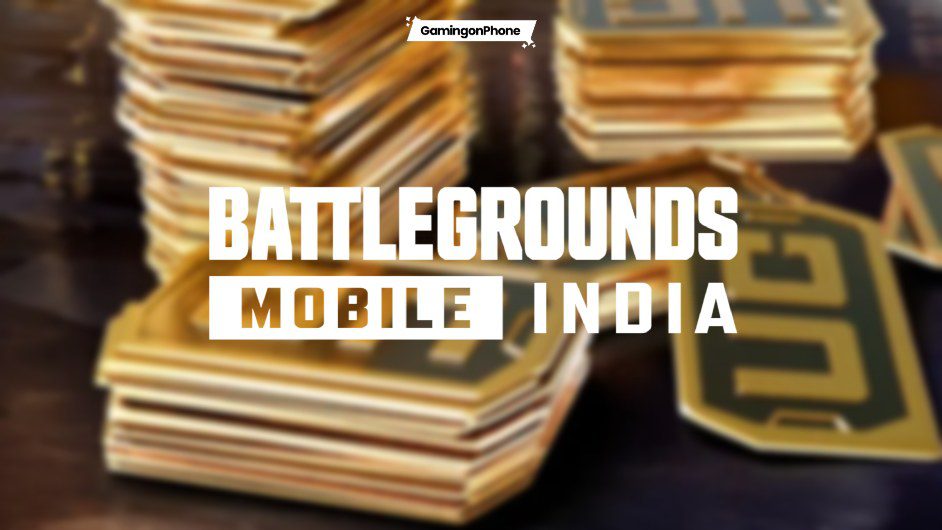

There were Bollywood forays, then IPL, Mumbai Indians, Hardik Pandya, and all these. So, educating and telling the players, “Yes, this game is for India, and it is only played in India, and we are connected.” That is why we are bringing more of, you know, Indian-context partnerships, associations, or collaborations.
3. Why not make any India-specific outfits that can be sold in the country?
Seddharth: I think we have many India-related items, say introduced during our Holi event, but that’s a good suggestion. We can go back and give feedback to our teams. We did one or two, focusing a little bit on Indian themes as well. But, as you say, we will take the regional dresses and cultural dresses up. We love these kinds of suggestions because that is what helps us create such items inside the game and probably test how well they perform.
4. What is the vision for partnerships in India, and how does it align with the game’s long-term goals in the region?
Seddharth: We have a very strong vision when it comes to partnerships because we believe there has to be some content or partnerships inside the game that excite the users. If there are no partnerships, then it becomes mundane or boring for a player to continue doing the same thing. This is why we do a lot of things in different and new ways.
So, not only collaborations, but we also launched a different mode inside the game called WoW (World of Wonder) Mode. That mode is picking up very aggressively, people are liking it. Some of the maps in that mode don’t have weapons, you don’t have to defeat everyone, you have to race around and do other stuff. It’s very different from standard classic matches.
You’ll hear some very good news in the coming months about the kinds of collaborations we’ll have.
All these things, plus, as I mentioned, the focus on local collaborations is to prove that it’s an Indian game for Indian users. You’ll hear some very good news in the coming months about the kinds of collaborations we’ll have.
(adding on the feedback on WoW Mode) I would say it’s a learning experience for everything we do. Whether it’s a collaboration or a new technical development, it gives us feedback from our community and players about whether it’s liked by them or not. When it’s not liked, we change it. This is where we try to engage more users who spend more time and attract new users to download the game and start playing.


(on Beta testing of new modes) Beta is there, but it’s limited to a small set of people. When we launch officially, it’s open to a wider audience, a larger subset of actual gameplay users. This helps us gather feedback that improves the experience.
5. How do you ensure that brand partnerships are culturally relevant and resonate with Indian players?
Seddharth: We do thorough research when approaching a brand. This research involves multiple stakeholders in the organization, including the marketing team, product team, design team, and the partnerships and business development team. We sit together, brainstorm, and figure out the top five or six industry players. Then, we shortlist and approach the first two.
For example, we collaborated with Hero Motorcycles. There were many other motorcycle brands, but this was the first collaboration in India in BGMI with Hero. It was a simple collaboration with a giveaway contest, Hero gave three bikes, and we had an in-game event. It was hugely appreciated by the community. I received DMs about how good the association was.
This gives us insights into what works in an Indian context. Sometimes, a partnership might not be successful, but it’s a learning experience. If there’s a sports event happening, doing a non-sports association might not resonate because the energy is focused on the matches. So, we regularly review these things to improve our approach.
Manva: Also, I just want to add to what he’s saying: we think a lot ahead. It’s not like we only plan for Christmas in December; we may have already thought about it in 2023. This helps us stay ahead of the curve and bring innovative ideas to the table. Otherwise, everybody is doing it. All the brands are trying to get their name out there. So we just think a little ahead, like how the fashion industry does, they will launch their 2025 collection now. We think the same way.
Seddharth: That’s why I said you’ll hear good news for next year. Creating items takes time. We have 200 million registered users in India, and BGMI is played only in India. There are over 500 game testers in our HQ who test across devices, Apple, Android, and more, multiple times to ensure a smooth experience for users and avoid issues.
6. Since you mentioned planning, how long does it generally take to approve a brand collaboration?


Seddharth: There’s no defined timeline. It depends on the industry and brand. Sometimes it takes 60 to 90 days. For movie collaborations, discussions may start 20 days before the trailer release. For larger deals, like the one with Ranveer and Deepika, it takes a lot of time on both ends to explain how everything inside the game will be, and then to go back and create the avatars and faces to be launched. Testing also takes up most of the time because we want to ensure that when someone interacts with an item, everything about it is perfect. The process typically ranges from three to eight months or so.
7. What feedback do you consider when planning new partnerships for BGMI?
Seddharth: Collaborations of the same genre or category, for example, if it’s sports, we go back and see how it performed. If it’s a celebrity or an individual, we analyze how the celebrity performed. Are there any upcoming movies or events involving the celebrity or sports star? These factors are part of our brainstorming sessions as a team. Then we decide whether to take a chance.
As I mentioned, out of 10 collaborations, not all will be successful. Typically, 8 or 9 succeed, while 1 or 2 might not work out. These give us insights into what went wrong, whether it was timing or if the partnership didn’t align with the game.
8. Looking at previous collaborations for BGMI, why do we see more movie and entertainment-related tie-ups? Is it because Bollywood is so popular in India?
Seddharth: I will tell you two points to this question. One, gaming is growing in India. So, we are trying to educate and make parents aware that gaming is a mainstream activity. They think it’s unconventional: “It’s sports, there’s no regular income.” It’s not like that. We want to change that mindset. The way we reach out to Bollywood is because the audience of Bollywood or TV is different. They are youngsters also, but at the same time, parents also watch that.
So, when we do some kind of collaboration or association, somewhere we are trying to touch base with that larger subset of the audience. Since Bollywood is our most loved thing, Cricket and Bollywood are put together, reaching out to that audience and making them aware that there are different modes where you can get into gaming and treat it as a mainstream employment or career opportunity.
When we do some kind of collaboration or association, we are trying to touch base with that larger subset of the audience.
Manva: We did a tie-up with Neeraj Chopra, who comes from traditional sports. His association started with last year’s BGIS, where he came and gave a pep talk to everyone. It was a massive moment, people went crazy. At the time, he had just won a silver medal and was gearing up for the Olympics this year. The audience loved him, and it was a revelation because, until then, Neeraj Chopra wasn’t widely known. Javelin throw became popular thanks to him.
This year, we took it further by releasing in-game items featuring him and running a campaign. He’s an unconventional sports star who has now become mainstream. Unlike the usual Bollywood or cricket icons, he brings a refreshing change, though, as Seddharth mentioned, Bollywood still dominates when building a larger brand presence in India.
9. Now coming to the interesting part, that is the revenue part. So, how do brand partnerships contribute to BGMI’s revenue? And what monetization model works best in India?
Seddharth: When it comes to brand collaborations in India, the monetization strategy varies. Some brands are ready to pay for collaborations because they have an IP association. They understand the game, its position in the market, and its popularity. For example, if a brand wants to target the 18-25-year-old demographic, and their product aligns with that group, they are more likely to invest in the partnership. The key is how well the game resonates with the audience they want to reach.
So, when we say, “You just pay me,” we don’t do those kinds of associations. We don’t treat the game as an inventory option. So we say, “Let’s do a collaboration. You give me something, I’ll give you presence in the game, but you give me something outside the game also. Digitally, we are very strong and big. We can support you. Physically, how can you support us?“
Whether it is going to the market or going to your retail stores, it depends on how it works on the revenue. Sometimes it is a minimum guarantee fee. If compared to revenue, that’s not great. It’s less, actually, for collaboration because most people pay in the game to buy the skins and other items.
10. How do partnerships impact players’ spending patterns in terms of in-game items?
Seddharth: As I said, if we keep playing with the same clothes, it becomes boring. So, they spend. When it was the Ranveer Singh collab, they liked it. We had two avatars and two skins of different colours. I, myself, am a BGMI player. I also purchased his skin because it was very well created; it was appealing to me. We usually create items that are appealing to the users. Like, we launch our X-suits and skins or any automobiles and all, which are very flashy, which are aspirational for the players. So, it works well when we do any kind of collaboration.
11. What role do partnerships play in maintaining BGMI’s competitive advantage in the Indian mobile gaming market?
Seddharth: As of now, BGMI is the most loved game in the country, which is why we launched a campaign called India Ki Heartbeat. We’ve seen that people really connect with it and use it everywhere. While I wouldn’t say it’s the key factor in selling the game better, it does create something new and exciting for users to look forward to with each update we release every couple of months. The question is always, “What’s next?” Whether it’s a new car, a bike, a skin, discounted packs, a royal pass, or new maps, there are always thoughts.
One of the collaborations we did a couple of months ago was with KFC. This was not just an in-game partnership, it extended into the real world as well. The collaboration included a special BGMI meal, which was given at over 450 KFC outlets across India. This made the partnership even more exciting and players loved the association they got with their favourite game. I won’t say this to be a good competitive edge, but this creates interest with players that something nice was coming.
12. What is in the next year’s pipeline?
Seddharth: Now we are trying to figure out how we can do something else. We also collaborated with Alan Walker that was the first music kind of thing that happened. Then the new one was the Dolby Association. So that was a tech integration. A technology integration that how, in a particular map, I think that sound effects, 3D sound effects, will come into play.


Talking about what’s next, you’ll hear it very soon. Across industries is what we are planning to do from different industries. You will be the first ones to figure it out, to hear it from our team, what it’s going to be. It could be entertainment, sports, or, you know, any brand.
Catch up on other Interviews from GamingonPhone:
For more Mobile Gaming news and updates, join our WhatsApp Group, Telegram Group, or Discord server. Also, follow us on Instagram, Twitter, and Google News for quick updates.
Source link
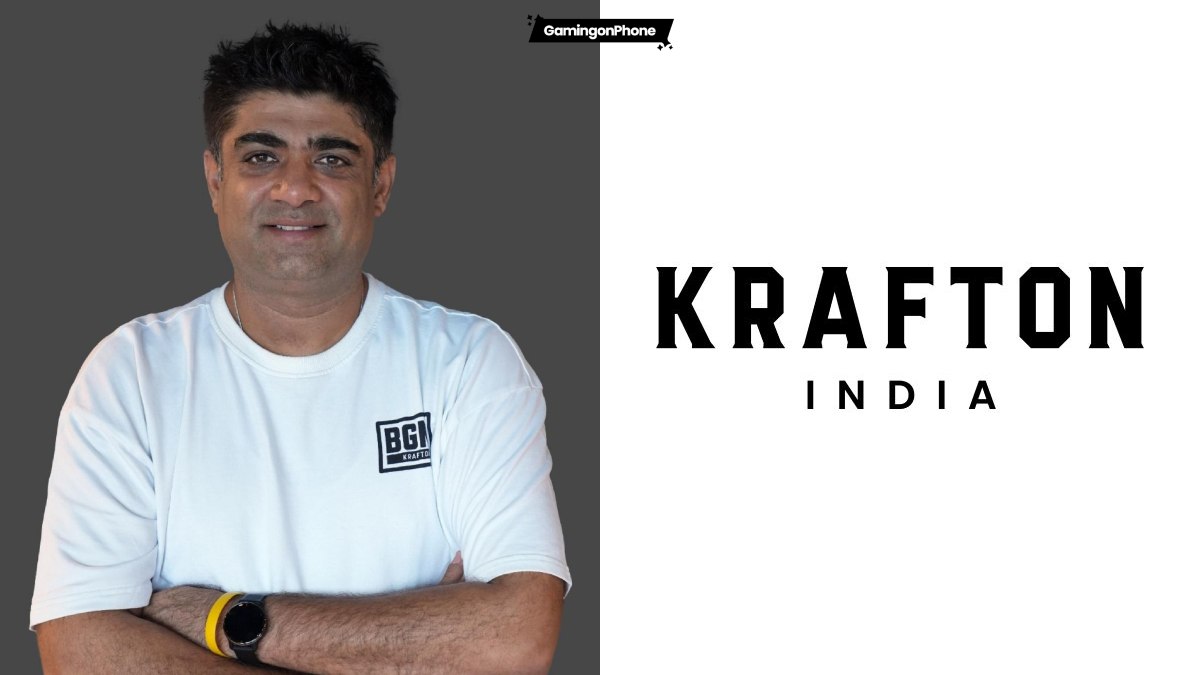
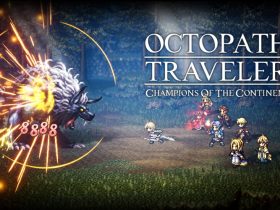
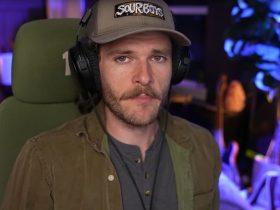

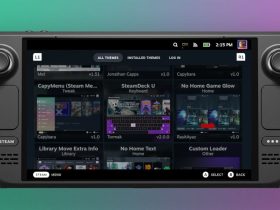
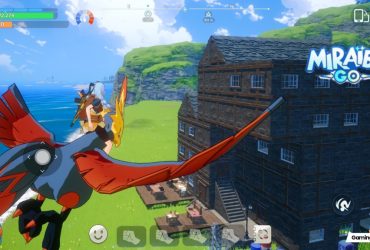
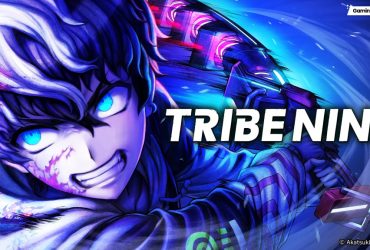
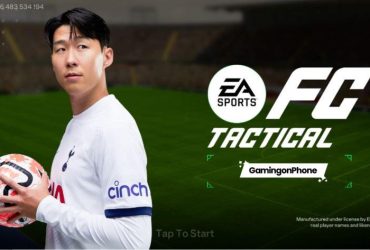
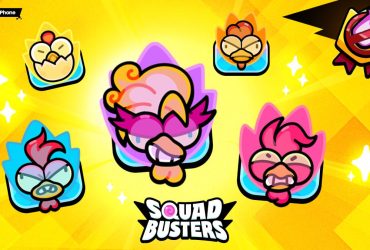
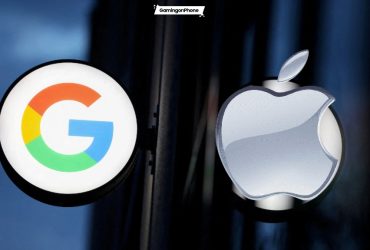
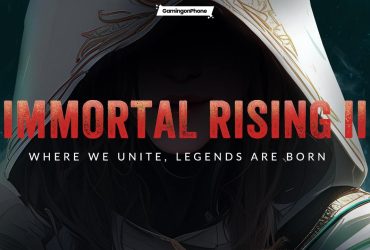
Leave a Reply